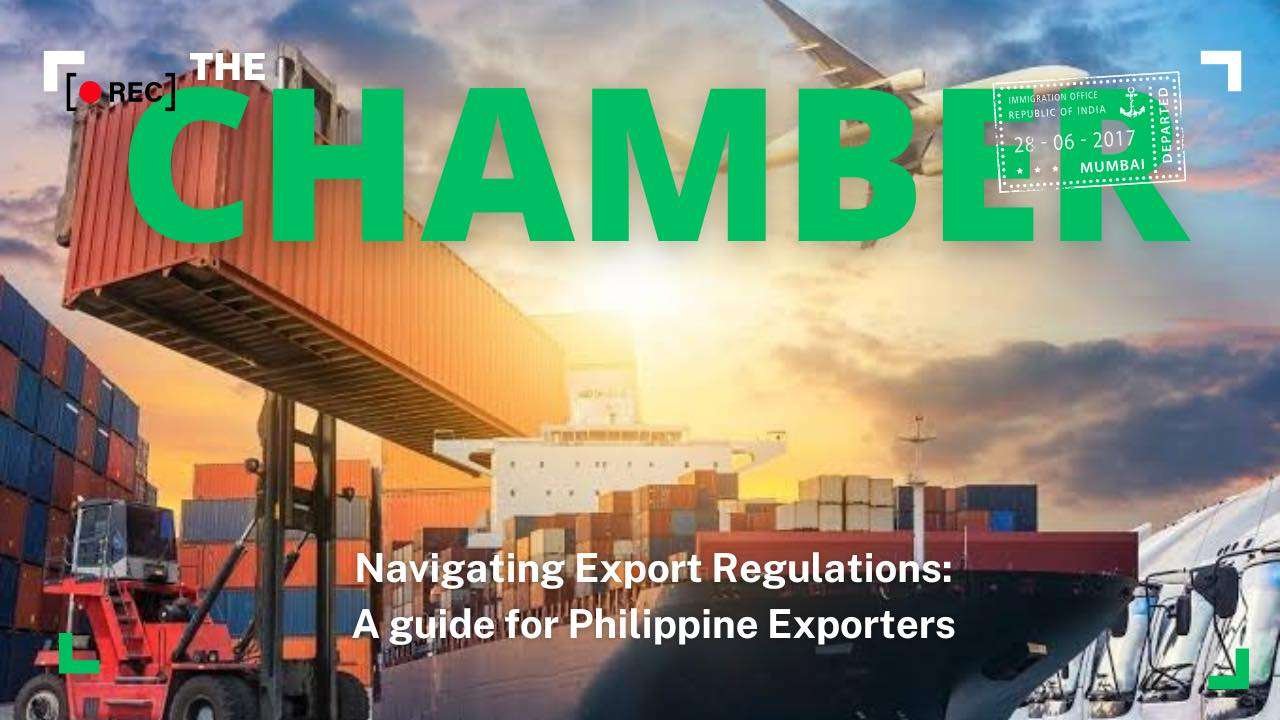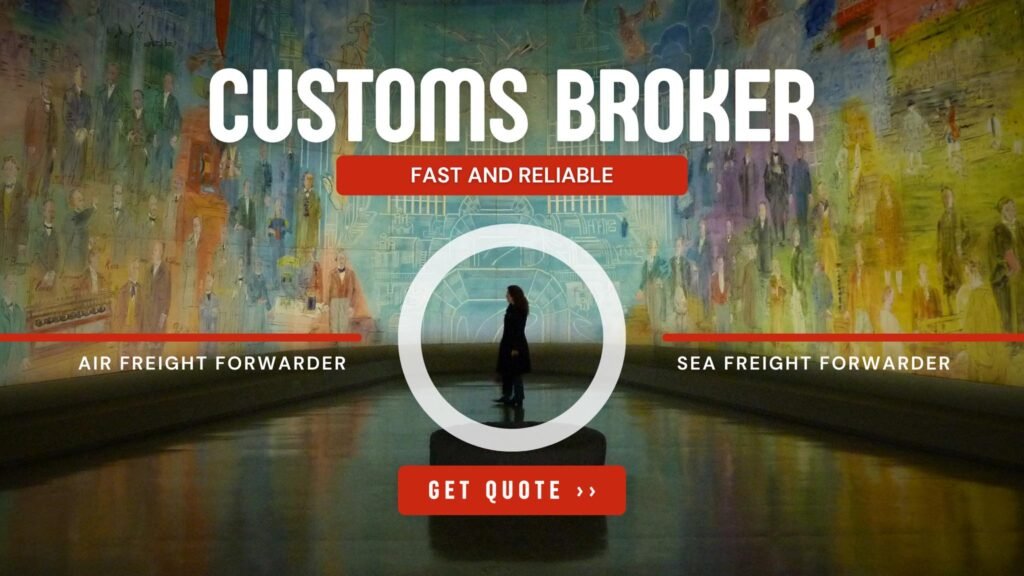How to export goods? A good question but we should know that embarking on exporting from the Philippines offers vast global market opportunities, albeit initially intimidating. With proper preparation, it’s a rewarding journey. This guide will walk you through every step, from market research to navigating regulations and establishing logistics.
Starting an export business in the Philippines presents an exciting opportunity for growth and success. However, effectively navigating the complexities of export regulations and procedures is essential for a seamless and legally compliant operation. This blog will explore the fundamental aspects of Philippine export regulations and offer practical insights to help you launch your export business with confidence and efficiency.
Understanding Export Regulations
Before embarking on an export venture, it’s crucial to understand the regulatory framework governing exports in the Philippines. Oversight of export regulations, including documentation requirements, tariffs, and trade policies, falls under the jurisdiction of the Bureau of Customs (BOC). Exporters are obligated to adhere to a multitude of laws and regulations, such as the Customs Modernization and Tariff Act (CMTA), to facilitate seamless transactions and steer clear of penalties.
Subscribe to the MyCCBI365 newsletter
Key Steps to Starting Your Export Business
Conduct Market Research: Initiate your export journey by identifying potential export markets and assessing their demand for Philippine products. Analyze market trends, competition, and consumer preferences to tailor your offerings effectively.
Obtain Necessary Permits and Licenses: Secure the essential permits and licenses required for legal operation as an exporter in the Philippines. This may involve registering your business with regulatory bodies like the Department of Trade and Industry (DTI) or the Securities and Exchange Commission (SEC), obtaining an Importer-Exporter Code (IEC) from the Bureau of Customs (BOC), and fulfilling industry-specific regulatory obligations.
Understand Export Documentation: Familiarize yourself with the documentation essential for exporting goods from the Philippines. Standard export documents include the Commercial Invoice, Packing List, Bill of Lading or Airway Bill, and Certificate of Origin. Ensure meticulous accuracy and adherence to regulatory standards to facilitate seamless customs clearance processes.
Comply with Export Regulations: Abide by the export regulations and trade policies stipulated by the Philippine government and destination countries. Stay abreast of updates on export laws, tariffs, and trade agreements that could impact your business operations.
Establish Logistics and Distribution Channels: Develop efficient logistics and distribution channels to transport your products from the Philippines to international markets. Collaborate with reputable freight forwarders, shipping companies, and customs brokers to ensure prompt delivery and streamlined export procedures.
Develop Marketing and Sales Strategies: Formulate robust marketing and sales strategies to showcase your products or services in target export markets. Utilize digital marketing platforms, participate in trade exhibitions, and leverage networking opportunities to broaden your market reach and attract prospective buyers.









